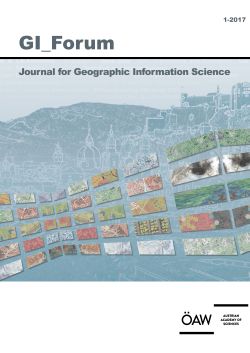
GI_Forum 2017, Volume 5, Issue 1, pp. 59-68, 2017/06/30
Journal for Geographic Information Science

Sea cliff monitoring studies aim to classify cliff sections according to their susceptibility to rock fall so that risk prevention measures can be taken. The classification relies on inventories of well-characterized, past mass movements. Since the surface of a cliff is almost vertical and very irregular in all three space directions, a simple difference between two Digital Terrain Models does not yield the required volumes. A new approach to automatically estimate the volumes of lost masses in 3D point clouds is presented. Using Terrestrial Laser Scanning and Close Range Photogrammetry, very dense 3D point clouds can be obtained to describe the geometry of a sea cliff face. When generated periodically, these can be used to detect changes on the cliff due to erosion. Some of the variables needed to assess cliff susceptibility are location, the affected area and the volume of lost masses. The evaluation of the algorithm yielded a theoretical value for accuracy of ±10% for the volume calculated, which was confirmed by a test using a known volume. This accuracy satisfies the usual requirements of the inventories for cliff evolution studies, and the algorithm represents a significant advance in the geometric characterization of moved masses in 3D for extensive cliff faces.
Keywords: volumes, 3D point clouds, 3D α-shape, cliff erosion